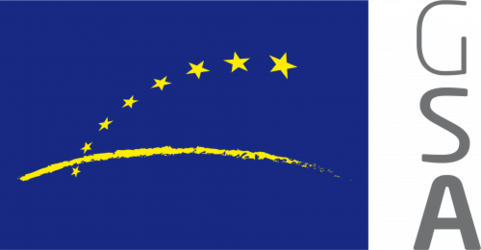Two years in space for GIOVE-B
Today, ESA celebrates the completion of GIOVE-B’s second year in orbit. The satellite was launched from Baikonur Cosmodrome on 27 April 2008 to help validate the technologies developed for the Galileo navigation constellation.
After two years in space, the second ‘Galileo In-Orbit Validation Element’ satellite is still in perfect condition and its experimental equipment has delivered important results.
Flown for the first time on a navigation satellite, the passive hydrogen maser clock has demonstrated its reliability by operating continuously for more than 400 days. The GIOVE-B maser clock has shown that it is the most stable clock ever flown in space and the technology best suited to navigation services.
GIOVE-B carries a navigation signal generator that was designed to meet the specification for the Galileo signal that will be available to the public. The results of this experiment were fully consistent with expectations, achieving improved accuracy for users.
The good health of GIOVE-B will allow it to provide further data, acquired either via telemetry at the Ground Control Centre in Fucino, Italy, or from the navigation signals received by a worldwide network of sensor stations. These signals are analysed at the GIOVE Processing Centre hosted in the Navigation Laboratory at ESA’s European Space Research and Technology Centre (ESTEC) in Noordwijk, the Netherlands.
GIOVE-B was built by a consortium led by EADS Astrium GmbH and is operated by Telespazio SpA. It was launched using services procured by Starsem on a Soyuz launcher.















 Germany
Germany
 Austria
Austria
 Belgium
Belgium
 Denmark
Denmark
 Spain
Spain
 Estonia
Estonia
 Finland
Finland
 France
France
 Greece
Greece
 Hungary
Hungary
 Ireland
Ireland
 Italy
Italy
 Luxembourg
Luxembourg
 Norway
Norway
 The Netherlands
The Netherlands
 Poland
Poland
 Portugal
Portugal
 Czechia
Czechia
 Romania
Romania
 United Kingdom
United Kingdom
 Slovenia
Slovenia
 Sweden
Sweden
 Switzerland
Switzerland


























